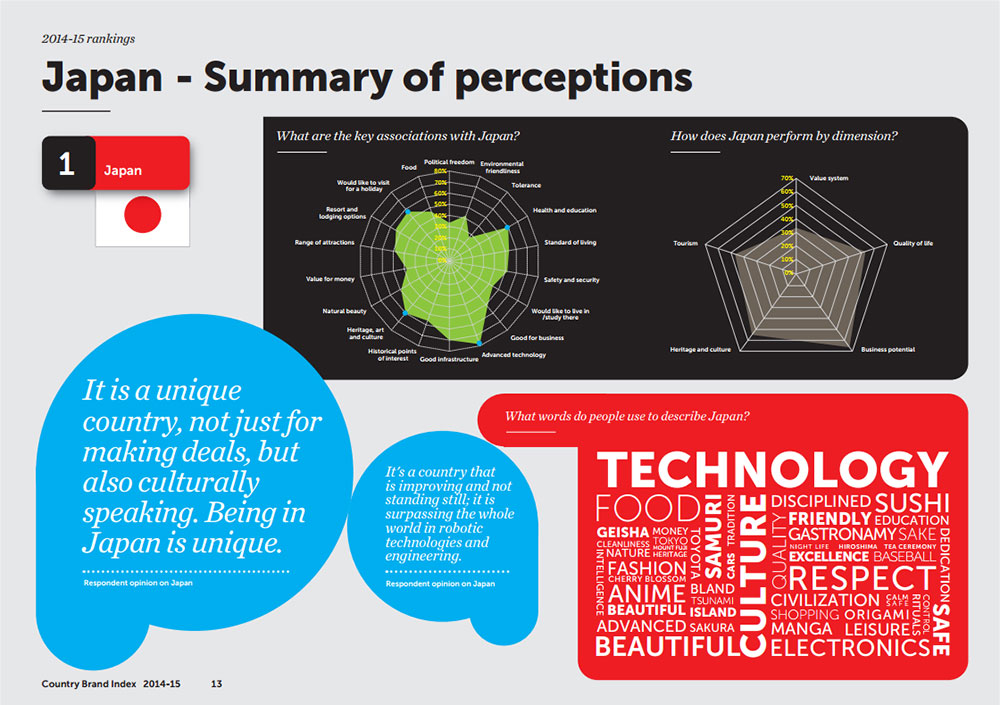Bringing Japanese technology to the U.S.
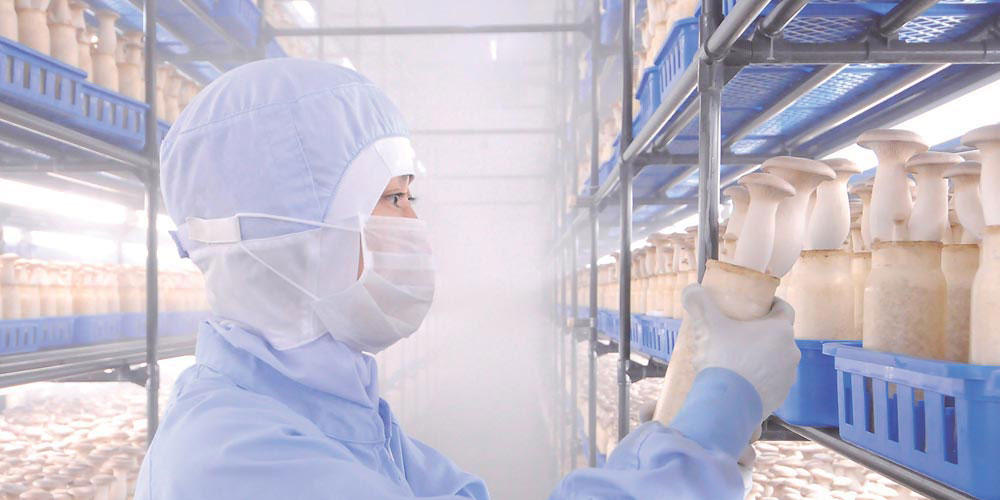
At Hokto, technological advances have afforded us complete control over the mushroom cultivation process, meaning a consistent, safe, and delicious supply of mushrooms all year round.
We utilize technology developed in Hokto’s own “Mushroom General Research Institute”
Based on Japanese cultivation technology
Most machines are made in Japan (some patented)
Japanese engineers are always present and educating employees during the cultivation process
Mushroom General Research Institute
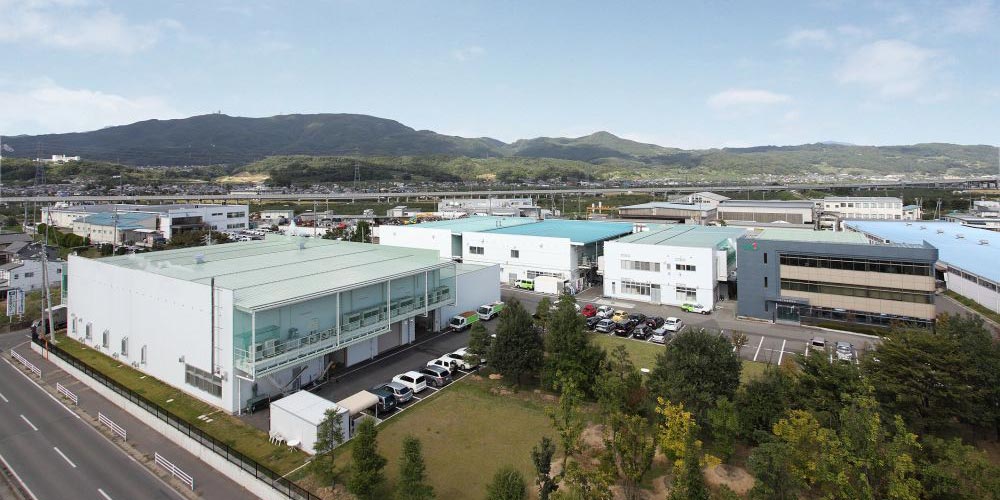
The Mushroom General Research Institute in Nagano, Japan was established in 1983 the the mission to deliver tastier and healthier mushrooms to consumers. With more than 30 researchers, scientists, and PhD’s working together, the Institute has tackled a variety of research and development challenges. For example :
- Cultivation of new mushroom varieties
- Development of new culture medias and technologies
- Development of Bunashimeji (the brown Beech mushroom) without bitterness
- Mass production of the King Trumpet mushroom and more.
In 1986, the Institute developed the world’s first pure-white Enoki-take mushroom (Flammulina velutipes). Many other new varieties have been developed, including a less-bitter variety of Bunashimeji (Brown Beech). The Institute overcame several difficulties inherent with the culture of King Trumpet mushrooms, of which have enabled stable mass-production. Many of the Institute’s mushroom varieties are registered on the Agriculture, Forestry and Fisheries Ministry’s list of seeds and seedlings, in addition to acquiring intellectual property rights, including patents.
Even after a new product launch, we continue to research for improvements on the taste, color or shape; it is a never-ending process. With our continuous efforts, we have developed numerous new strains of mushrooms and possess various patents.
Technology for high quality mushroom production
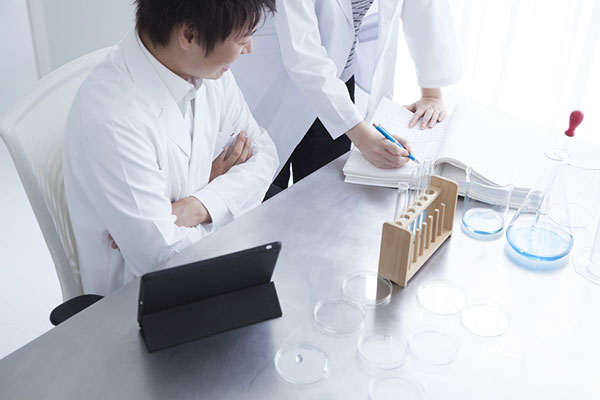
Developing new and better strains of mushrooms does not necessarily mean better quality. Producing high quality mushrooms would never have been achieved without the advancement in cultivation technique. At the Hokto Group, continuously study and improve our cultivation method in order to acquire better quality than mushrooms than before.
Our Japanese engineers, who have advanced cultivation technique, always strive to create better cultivation techniques and quality mushrooms.
Development of new and improved Mushrooms
The Mushroom General Research Institute continues to research for improvement in taste in addition to trying to develop mushrooms that appeal to the whole family. Even after a new product launch, we continue to improve on taste, color, shape and size by listening to our customers.
Bio-technology
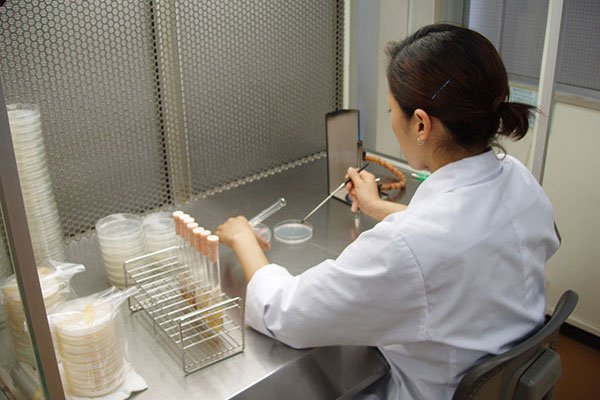
Hokto NEVER uses any sort of genetic modification in mushroom development, instead we use Cross-breeding and a Conventional bio-technology process
The search to locate a superior parent stain goes all over the world. Harvested wild mushrooms are screened by our experts, then quickly and efficiently cultivated by selection. The Institute conducts enormous amounts of tests on cultivation to find a new and better strain of mushroom.
Integration from seedling (spore), cultivation, and shipment
Unlike many other mushroom growers, Hokto never purchases seedlings (spores) from other companies. Hokto Kinoko mushrooms are always controlled seeding to shipping. Hokto even sells seedlings (spores) to other growers.
Research on health benefits of our Mushrooms
The Mushroom General Research Institute also researches potential medical and health benefits of mushrooms. In Japan, Hokto develops healthy foods and dietary supplements to contribute to life science.
Past Research
- The Antiatherosclerotic effect of Bunapi
- The Role of Mushrooms in the Promotion of Insulin Secretion
- The Role of King Trumpet in Body Fat Reduction
- The Beneficial Effects of King Trumpet on Constipation
- The Anti-allergic Effects of Maitake Mushrooms
Hokto is the biggest Kinoko (mushroom) company in Japan.
| Annual production of Kinoko in Japan | 458,298 ton |
| Hokto’s production volume in Japan | 71,625 ton (16% of Japan) |
| Shimeji, King Trumpet, and Maitake mushrooms – market share in Japan = 36% | |
| Countries | Headquarters: Japan Subsidiaries: USA, Taiwan, Malaysia Representative Office: Thailand |
| Total sales including group companies | about $600 million USD |
| Hokto is featured in Wikipedia – Shimeji/ Hypsizygus tessellatus | |
| Employees | 1,179(as of March 31, 2015) |
| Number of factories in Japan | 31 |
| Mushroom General Research Institute | 30+ Doctors and researchers in our own institute |

Do you know Japan’s Best Global Brands?
Interbrand (considered the best branding company on the world) has ranked some Japan’s manufacturers that produce high quality technology.
Since 2000, they started ranking Japanese companies such as Toyota, Sony and Hitachi of which have continued to rank high every year. This indicates that a lot of Japanese companies’ technologies are consistently high quality and always reliable – worldwide.
What brands do people associate with Japan? – A list of notable companies based in Japan
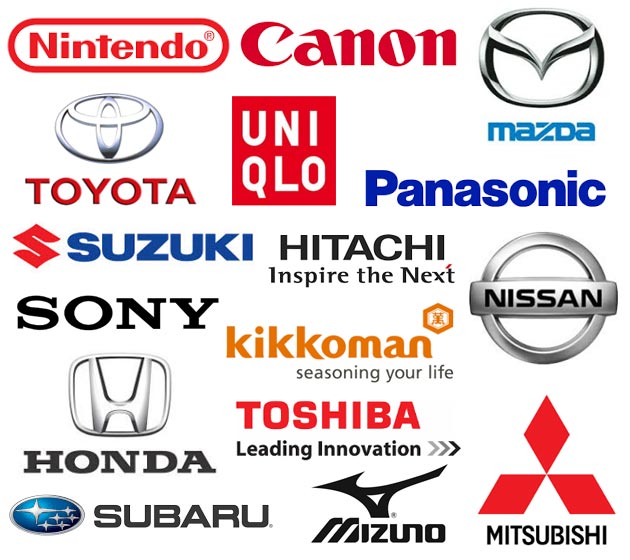
Japan Crowned Strongest Country Brand 2014
FutureBrand revealed in their 2014-15 ranking of the world’s leading country brands, that Asian countries top the Country Brand Index (CBI), with Japan at number one for the first time in the history of the report. PDF
Japanese Mushrooms
Shimeji, Mai-take, Enoki-take, Shi-take, (-TAKE means mushroom in Japanese) are all mushrooms sold in the US.
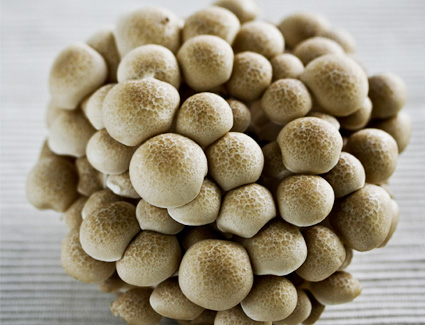 Bunashimeji – ブナシメジ、ぶなしめじ
Bunashimeji – ブナシメジ、ぶなしめじ
https://en.wikipedia.org/wiki/Shimeji
https://en.wikipedia.org/wiki/Hypsizygus_tessellatus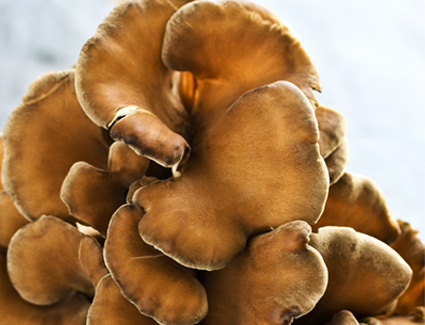 Maitake– マイタケ、舞茸
Maitake– マイタケ、舞茸
https://en.wikipedia.org/wiki/Grifola_frondosa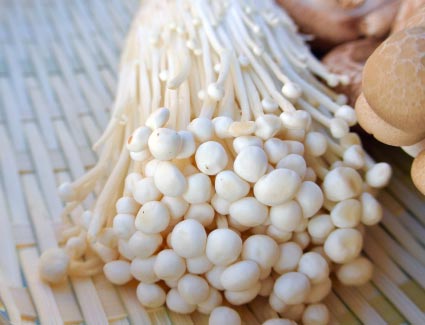 Enokitake– エノキタケ、えのき茸
Enokitake– エノキタケ、えのき茸
https://en.wikipedia.org/wiki/Enokitake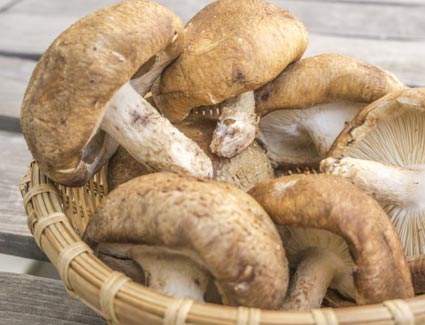 Shiitake– シイタケ、椎茸
Shiitake– シイタケ、椎茸
https://en.wikipedia.org/wiki/Shiitake
Japan ranks No. 1 in longevity around the world
According to WHO data in 2015, the average life expectancy in Japan is 84.
“The following table shows the life expectancy at birth for the period 2010 to 2015.” – World Population Prospects, The 2015 Revision(PDF)
Life expectancy Ranking by country
| 1 | Japan | 84 |
| 20 | United Kingdom | 81 |
| 34 | United States | 79 |
| 68 | China | 75 |
| Median age | 74 | |
| Average age | 71 |
“Nagano”, where Hokto headquarters is located, is No. 1 in longevity in Japan
 Kirk Spitzer wrote an article in May 2014 for the AARP Bulletin, noting that “The 2.15 million residents of Japan’s Nagano Prefecture have the longest life expectancy in Japan, which is the country with longest life expectancy in the world.” – Secrets From the Longest-Living Place on Earth / AARP
Kirk Spitzer wrote an article in May 2014 for the AARP Bulletin, noting that “The 2.15 million residents of Japan’s Nagano Prefecture have the longest life expectancy in Japan, which is the country with longest life expectancy in the world.” – Secrets From the Longest-Living Place on Earth / AARP
Nagano, No. 1 in vegetable consumption and its low-sodium movement
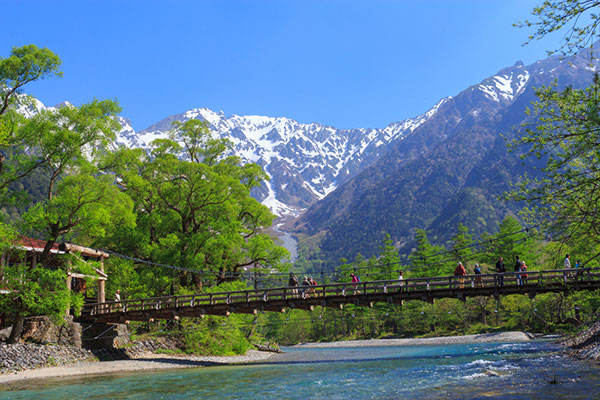
Hotaka mountains and Kappa bridge in Kamikochi,
Nagano, Japan
According to data from the Japanese Ministry of Health and Labor, on average, Nagano residents consume the most vegetables in Japan – 379.4g for males and 364.8g for females. Vegetables are abundant in potassium, which helps discharge sodium from the body; both factors may be one of the reasons for longevity in Nagano.
Furthermore, the Nagano Prefecture government has been promoting movements to decrease sodium intake, which has also proven very successful.
The Nagano paradox: Nagano is number 1 in vegetable consumption and longevity, but also ranks number 1 in sodium consumption, which is related to the potential increased risk of high blood pressure and heart disease. Mushrooms are low in sodium may become a hidden factor for longevity of Nagano.
The three major components of umami are Inosine acid, Guanylate, and Glutamate. Mushrooms are abundant in Guanylate and Glutamate, and with these, allow for the decrease in sodium and can still make food taste delicious.


